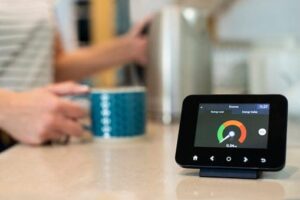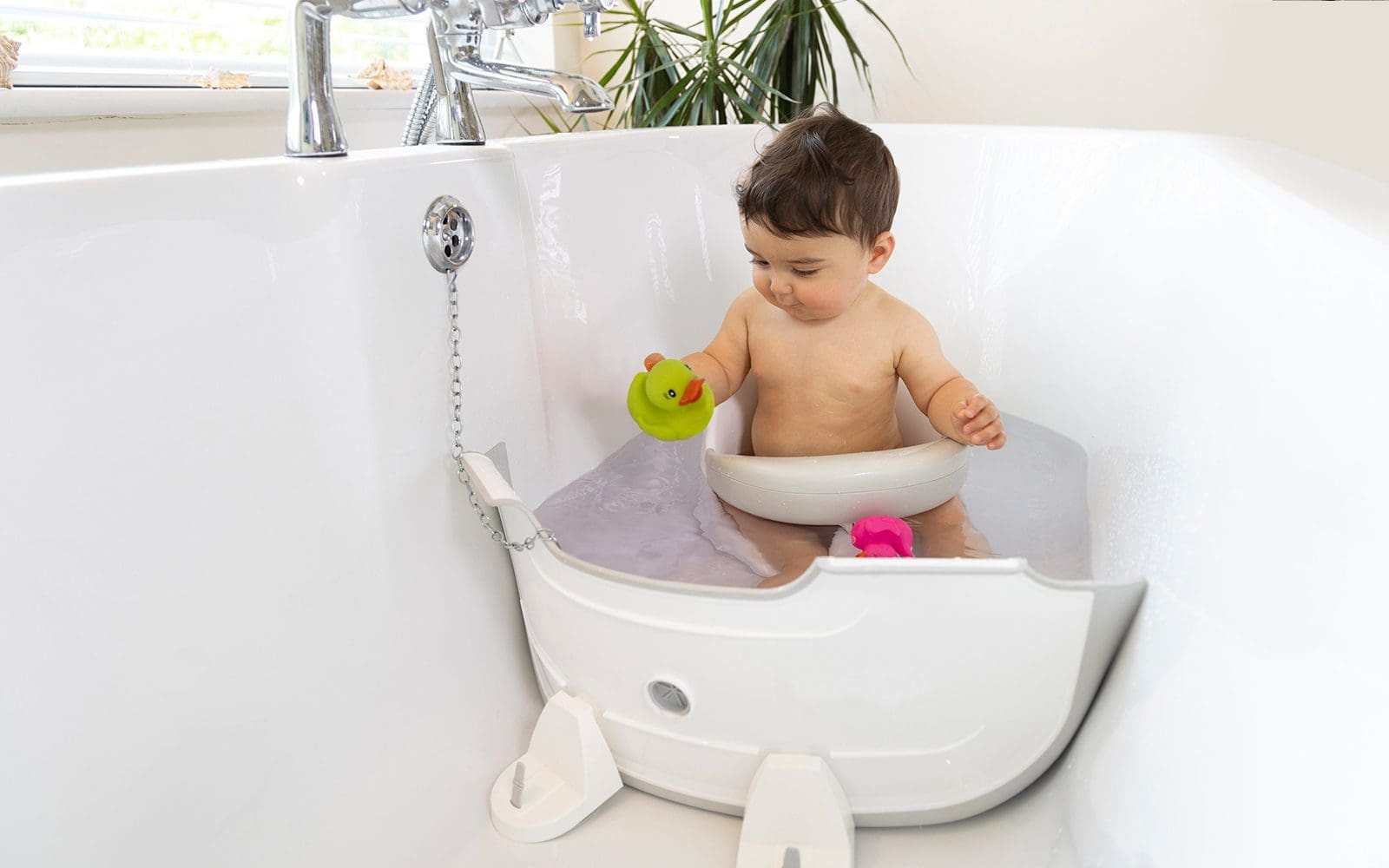#CutYourEnergyCostsDay
It has been a cold winter and with the cost of living rising, it has had us all looking for tips and tricks to help us save energy and cut the cost of our bills. National Cut Your Energy Costs Day is the perfect opportunity to take a look at ways we can save money by using less energy in our homes not just for Winter but all year round.
Here we have gathered together 9 energy saving tips to help you.
1. Thermostat down by 1°
This is an easy thing to do and it can save much more than you think. Martin Lewis states that British Gas have said that by turning the thermostat down by just 1° could see you saving £115 a year on average in a typical home.
Most adults will have their thermostat set to 20° when in reality we could have it a little lower and pop a jumper on instead. Even in colder spells the thermostat will do its job and get your home to the set temperature, it may just take a little longer to do so.

2. Use energy saving light bulbs – LEDs
Energy efficient lighting helps lower electric bills without reducing the quality of light in your homes.
According to Energy saving Trust, lighting makes up 11% of the average UK household electricity consumption.
LED Bulbs are the most common and adaptable light fitting, they are suitable for replacing pretty much any light in your home. They are more efficient and turn on instantly to full brightness. If you were to replace all the bulbs in your home with LED lights, you could save an average of £55 a year on your electric bills.
To replace your bulbs to LEDs will incur an initial outlay but they will pay for themselves through energy savings and their long lifespans.
Also just by turning off lights in rooms you are not using even for a very short amount of time will save energy. Think about how many lights you have on in one room, do you need them all on at the same time?
3. Water saving shower head
Waterwise states that the average shower head uses 12 litres of water per minute, with power showers using around 15 litres. If you think the average shower is around 10 minutes long that is up to 150 litres of water used every shower time.
A water saving shower head can save up to 50% of water being used by reducing the flow but not compromising on the pressure. This will still allow you to have a great shower whilst saving water but also saving the energy it costs to heat up the water for your shower.
Aerator Shower Heads mix air with the flow of water to create larger droplets. This results is the feel of more water coming out of the shower head than there actually is. Therefore creating the feel of a normal shower experience but saving water and energy.
You can usually get these free from your local water company.

4. Turn appliances off after use
This is a really simple but often forgotten way of saving energy in the home. Turning off your appliances by the wall when you have finished using them.
The Department of Energy estimates you could save 10% very month when you switch off appliances not in use. Just like you would turn lights off when you leave a room to save energy, you can also turn off your appliances.
5. Washing clothes at a lower temperature
Firstly we need to try and wash more clothes less, so make sure you fill up your washing machine rather than just popping it on for half a load.
You can also try and wash your clothes at a lower temperature, a 30° wash is fine for everyday cleaning, still keeping your clothes clean and fresh.
According to Which washing at 30° uses 38% less energy than washing at 40%, so you can not only make a substantial saving on your energy bills, but also help the planet.
Another tip is to increase your spin cycle to drain more of the excess water to help with the drying process which will save energy on the drying time if using a tumble dryer.
6. Smart Meter
Smart Meters are gas and electricity meters which are connected in your home by your energy supplier. They are available at no upfront cost and offer numerous benefits over your standard meters.
They have an in home display so you can see a running total of gas and electricity being used in your home in pounds and pence, by being able to see this running total you can see if you need to cut back and control your spending. How much did that roast dinner just cost to cook?
To get one of these you can contact your energy supplier who can help you book an appointment where they will send an engineer out to fit and set it up for you.
Bonus – you also have no estimated bills and it gets sent straight to them.

7. Wool Dryer Balls
Tumble dryers are one of the most expensive appliances to run. If you can avoid using them and hang your clothes to dry on an airer inside your home in winter months and outside on the line in spring/summer months this could you save you ££s of your annual energy bills.
This isn’t always an option for everyone though, drying inside during the winter months can create damp in your home and not everyone has a garden to use during the spring/summer months. Wool Dryer Balls can help reduce drying time, which means less energy used. They separate the clothes in the dryer to allow more air to them. They can last for over 1000 loads of washing.
There are many different versions but you can find them here on Amazon Wool Dryer Balls
8. Radiator Reflectors
Radiator reflectors reflect the heat coming from your radiator back into your home as opposed to being lost in the wall behind your radiator. They are a sheet of reflective material that is placed behind the radiator against the wall. By using this product you can minimise any heat loss through an external wall.
You can purchase these in various places, they do range in cost depending on the quality and size you purchase.
Radflek 3-Pack Insulation – Amazon
9. PIR Occupancy sensor
A PIR occupancy sensor is a Mounted Passive Infrared sensor which accurately detects occupancy and automatically switches lighting on and off as needed.
These sensors can be great for rooms where lights are frequently left on accidentally and also rooms that you may enter with your hands full. They can be helpful for indoors and outdoors.
A way of saving energy on lights that you forget to turn off.
There are lots of different models and makes to purchase, here is one you can purchase from Amazon Occupancy Sensor
10. Bathwater Barrier (Bonus Tip)
The Bathwater Barrier works by reducing the amount of water you use when bathing babies or infants and also helps to save the cost of the energy needed to heat the water.
You simply position the barrier at a suitable place in your bath. The smaller the area of water the more you save. As your baby grows you position the barrier further along the bath. Baby is happy and you are saving money on your energy and water bills! Easy to fit and store when not in use, this is a simple solution which can save up to 56 litres of water each bathtime! Using that amount of water would cost an extra 90p per bath. That’s £27.00 per month if you bathe a baby every day!
Definitely worth a look if you have young children!!!
Available in 4 different pastel shades to suit any bathroom decor Bathwater Barrier



